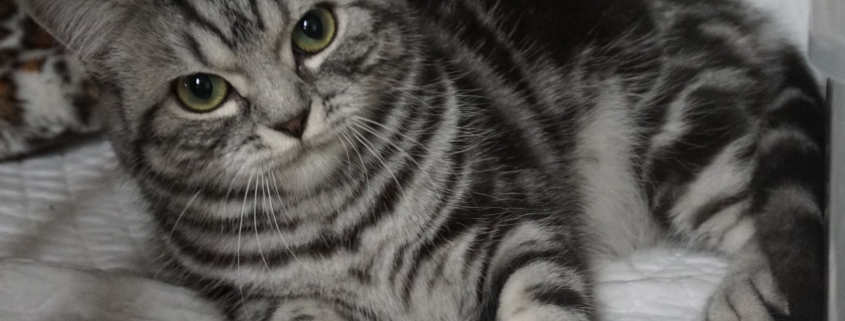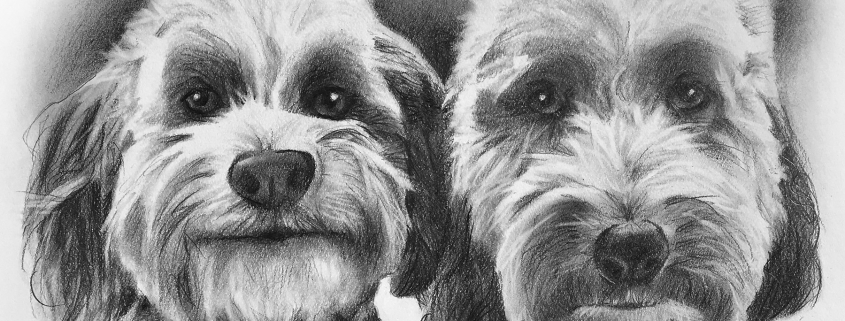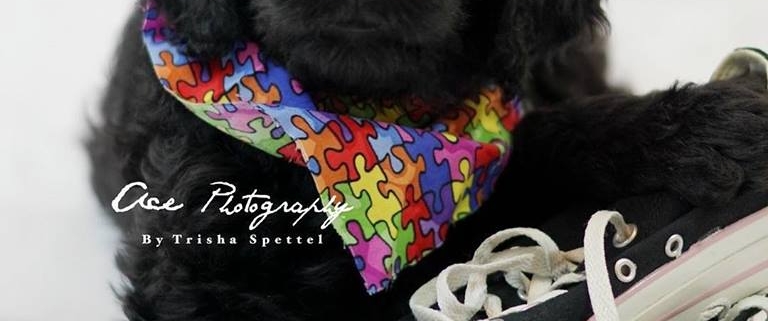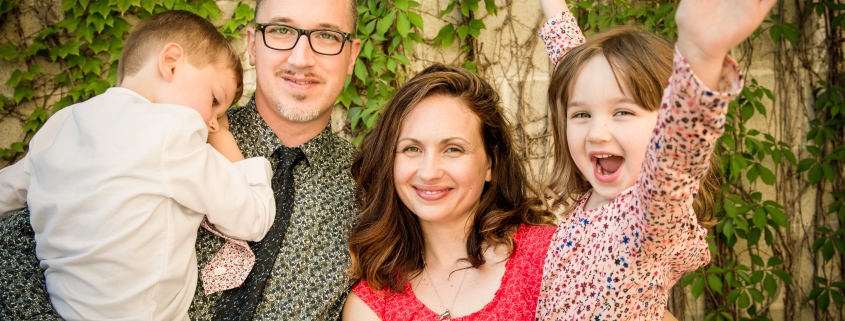BY CHERESE COBB, FREELANCER
Hayden, an 11-year-old Rat Terrier, doesn’t like loud noises. At the first rumble of thunder or pop of fireworks, she shakes so badly that everything around her vibrates. She also drools and leaves puddles wherever she’s hiding.
Before Anna Cabal adopted her from the Rat Terrier ResQ in Arkadelphia, Arkansas, she’d been seriously burned by her previous owner. She was septic and had little to no skin left on her back. “Then, last August, Hayden went to the vet for a teeth cleaning and had to have some mast cell tumors removed. The prolonged time in surgery on the heating pad caused secondary thermal burns, and her skin reopened,” she says. “I spent ten months with the vets using creams, ointments and dressings of all kinds, but a small, dime-sized opening still persisted.”
Nine months ago, Cabal found a way to close her dog’s wounds within three weeks and control her noise anxiety: cannabidiol (CBD)—a cannabinoid that can be extracted from cannabis—which includes hemp and marijuana.
What Type of Drug is CBD?
“CBD is considered a Schedule 1 drug, but it’s legal in all 50 states,” says Karen Eckert, the founder of My Organic Hound in Holmen, Wis. It’s thought to be able to prevent epileptic seizures, reduce chronic pain and ease separation anxiety, but unlike cannabis’ other main compound, delta-9-tetrahydrocannabinol (THC), it doesn’t get users high.
Marijuana and hemp are actually both varieties of the same plant species Cannabis sativa. “The analogy that I always give is that a Pit Bull and a Chihuahua are the same species of dog. But, of course, as you know, they look very different,” says Andy Gould, the co-owner of Wisconsin Hemp Scientific LLC in Sussex, Wis. “One is small and cuddly. The other is also cute but can be perceived as fierce-looking and bigger.”
“Marijuana produces a higher amount of THC and a lower amount of CBD,” Gould says, “and in hemp, you kind of see the reverse of that.” According to the Wisconsin Department of Agriculture, Trade and Consumer Protection, hemp is only allowed to have a THC concentration of 0.3 percent in all parts of the plant when it’s been dried—or it’s considered marijuana.
Once hemp has been harvested though, it begins to break down. Sunlight can cause the tetrahydrocannabinolic acid (THCA) in CBD oil to release carbon dioxide and become THC. High humidity can also make hemp flowers moldy or taste like ammonia while low humidity can cause them to crisp up and dry out. Refrigerating CBD oil can produce bacterial growth, so keep your pet’s CBD oil at room temperature. If it changes color, it’s probably damaged and should be tossed out.
What Type of CBD Should You Use?
“It’s very important to get your CBD oil from a trusted source,” says Dr. Megan Teiber of Indian Prairie Animal Hospital in Aurora, Illinois. “We can’t be sure that all products are pure and don’t contain more THC than claimed or other toxic ingredients like pesticides, fungicides or heavy metals.” If your cat or dog ingests secondhand smoke or marijuana edibles such as brownies or pot butter with other toxic ingredients involved such as chocolate, raisins or xylitol, it could result in severe cannabis intoxication or even death. Cats might also eat the marijuana plant. Symptoms of cannabis intoxication include severe agitation, hyperexcitability, tremors, seizures and coma. They usually start within 30 to 60 minutes of oral ingestion but can last for up to 96 hours.
The U.S. Food and Drug Administration hasn’t approved CBD or issued a dosing chart, but recent studies suggest that it doesn’t pose a risk of addiction and generally causes few side effects. CBD may result in dry mouth, low blood pressure or slight drowsiness and may alter the metabolism of other drugs. Cats can also possibly accumulate hemp oil in their livers. “For cats, what I tell people is one drop a day. That shouldn’t harm them because over time it does stay in their systems,” Eckert says. “On the CBD dropper, there are measurements like a quarter or a half. Regardless of your dog’s weight, start with the smallest amount…a quarter, morning and night.” If you don’t see the results that you’re looking for, then you can slowly increase it, confirms Eckert.
“There’s a lag between when you take it and when it starts working: 30 minutes to 2 hours,” Gould says. When CBD oil is rubbed on your pet’s gums or given as a suppository, for instance, it reaches the brain pretty quickly. But when it’s added to water or baked into treats, it takes longer. Before it reaches your pet’s bloodstream, CBD gets metabolized in the liver, which inactivates some of it, meaning the amount that gets to the brain ends up being much smaller than the amount that’s ingested.
“Every pet’s body has a slightly different chemistry,” he says. “A lot of the CBD products that are marketed as pet products are not that different from human CBD products. The only difference is that sometimes there are certain ingredients that aren’t good for pets like peppermint, citrus or tea tree oils.”
Does It Really Work?
Crude CBD oil is roughly the color and consistency of maple syrup, but some pets hate how it tastes. “We have freeze-dried chicken treats, and I just take the dropper and saturate them with it,” says Debbie Mayer from Milwaukee, Wisconsin. When she brought home Kolby from JR’s Pups-N-Stuff in West Allis, Wisconsin, he couldn’t even get up. Mayer was told that Kolby wouldn’t live very long when she adopted him.
“We gave him some CBD oil. After two doses, he was able to get up.” Since then, two and a half years have passed. “He’s really an old man, but he can run again at full speed in the backyard,” she says. “CBD oil can be a little bit pricey depending on the dosage, strength and whether or not it’s organic,” she says. A one-ounce bottle can cost anywhere from $30 to more than $200, but “it’s worth it because it’s a life-changer for both people and animals.”
Janice Klein from Onalaska, Wisconsin adopted Ruby from a private home. After Klein broke her ankle, she couldn’t take the Maltese-Poodle mix on walks or to the bathroom. Ruby barely ate and would whine, pace and bark during thunderstorms. “Ruby was anxious and had a difficult time…in my home because of my ankle surgery and my husband’s death at the same time,” she says. “A year ago, I hired a dog walker and sitter for a period of time. Her name was Karen Eckert and, she was from K9 Pet Care LLC. She introduced me to the oils.” Klein started squirting a drop of CBD under Ruby’s tongue.
“She’s more energetic and a great companion. She acts more like a young dog instead of the 11-year-old that she really is,” she says. “When she meets new people, they think she’s just a young dog and not her senior age.”
Eckert suggests applying CBD oil to the base of your dog’s ears with a fast-acting gel pen. “It works in 10 or 15 minutes,” she says. “I use it with animals during thunderstorms, fireworks, car rides or something they’re not very happy with [like a trip to the vet]. It lasts up to 4 hours, and you can give it to your dog six times a day.”







